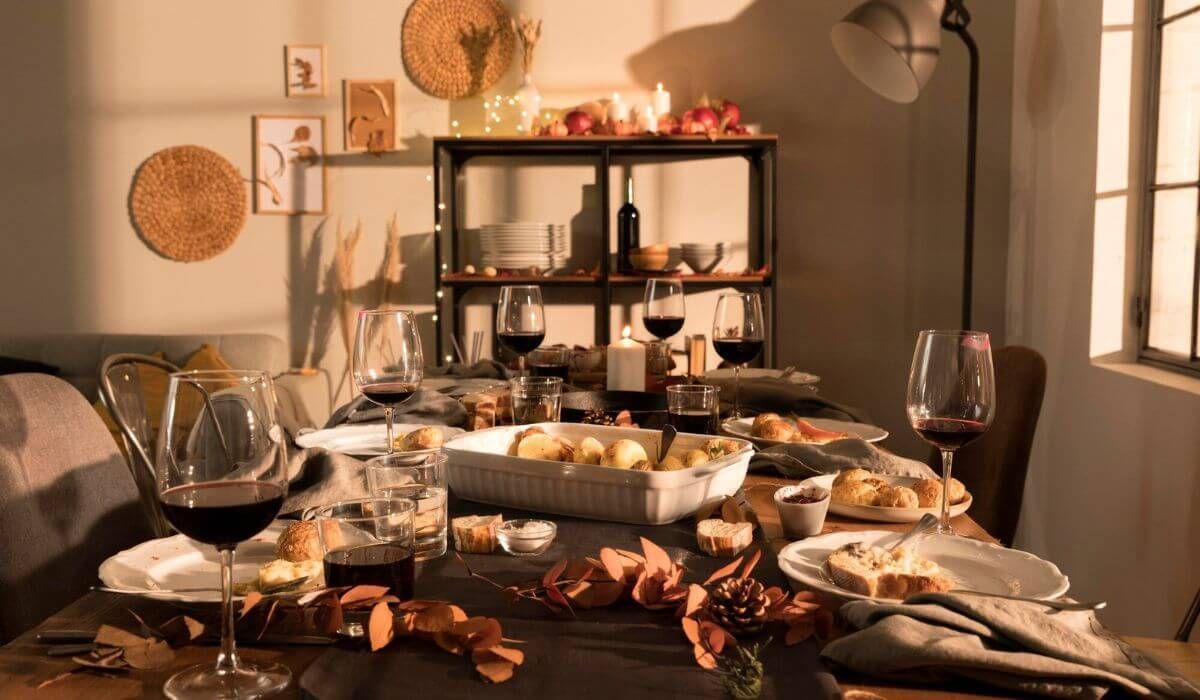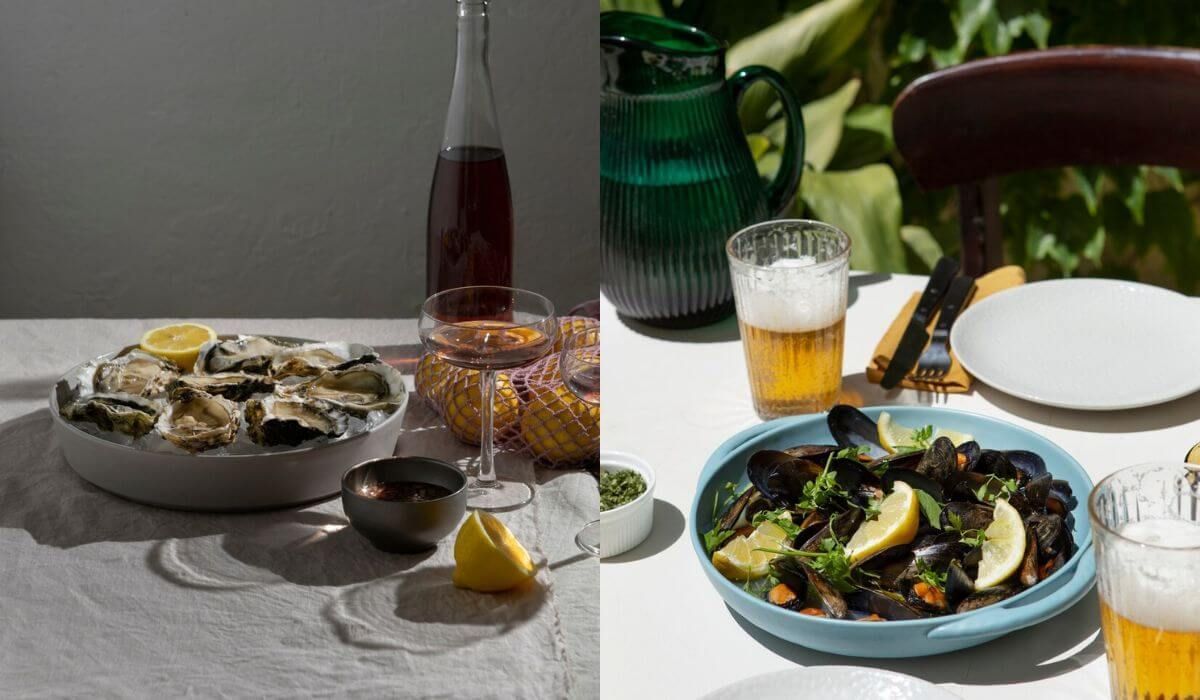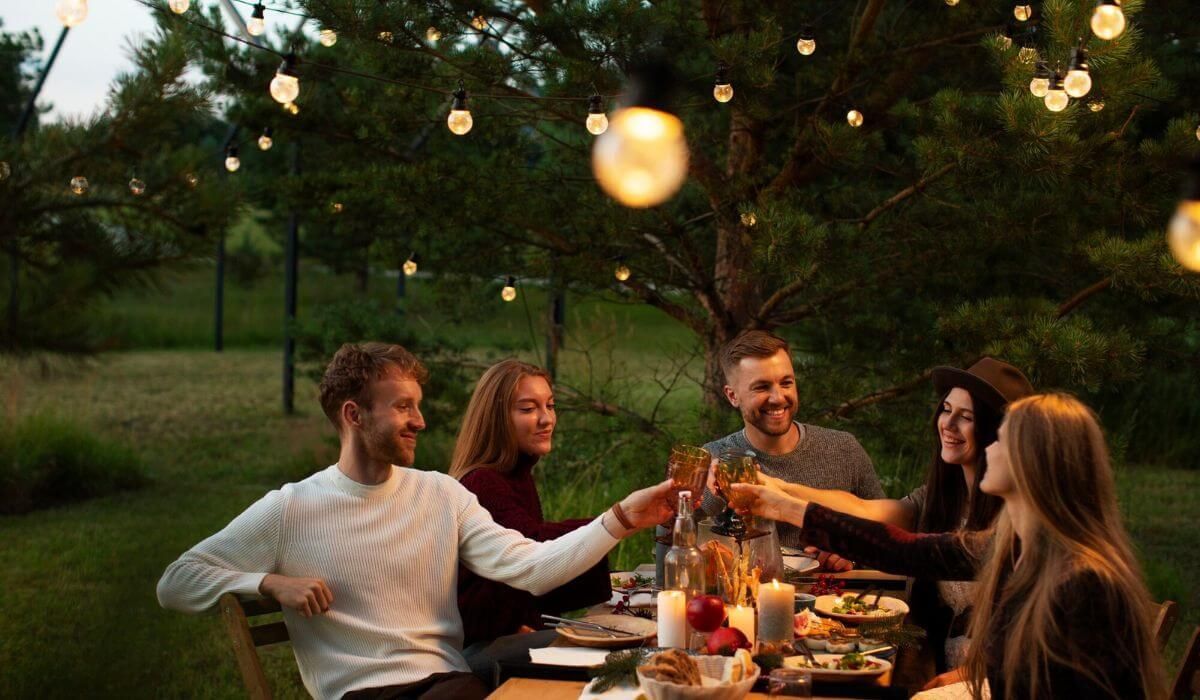How Long Does It Take to Cook A 20kg Pig on A spit?
The aroma of roasting pork, the crackle of the skin, the cheers of your guests – that's the magic of a pig roast. This guide demystifies the art of spit-roasting a 20kg pig, giving you the knowledge to achieve culinary perfection, from cooking times to choosing the right pig.
Why Whole Pig Roasting is a Popular Choice?
Whole pig roasting is more than just a meal; it's an event. It's a culinary spectacle that captivates the senses and creates a shared experience. The sight of a pig slowly turning over the fire, the tantalizing aroma that fills the air, and the anticipation of the succulent meat to come – it's a feast for all involved.
Beyond the visual and olfactory appeal, spit-roasted pig delivers unparalleled flavor and texture. The slow cooking process renders the fat, resulting in incredibly tender and juicy meat, while the skin transforms into a crispy, crackling delight. It's a primal, celebratory way to feed a crowd and create lasting memories.
Factors That Affect Cooking Time
Several key factors influence the cooking time for a 20kg pig on a spit. Understanding these variables is essential for achieving roasting success.
- Pig Size and Weight: The most obvious factor is the pig's size and weight. A 20kg pig is a mid-sized option, suitable for a moderate gathering. Larger pigs require significantly more cooking time.
- Spit Roasting Method: The heat source and spit setup are crucial. Charcoal, gas, and wood fires each have different heat intensities and distributions. Charcoal and wood often impart a desirable smoky flavor but require more attention to maintain consistent heat. The spit's design, rotation speed, and distance from the heat source also play a role.
- Outdoor Temperature and Weather Conditions: The ambient temperature and weather conditions have a significant impact. A hot, sunny day will reduce cooking time compared to a cold, windy day. Wind can dissipate heat, requiring more fuel and longer cooking. Rain can also interfere with the roasting process, potentially requiring adjustments to the setup and cooking time.
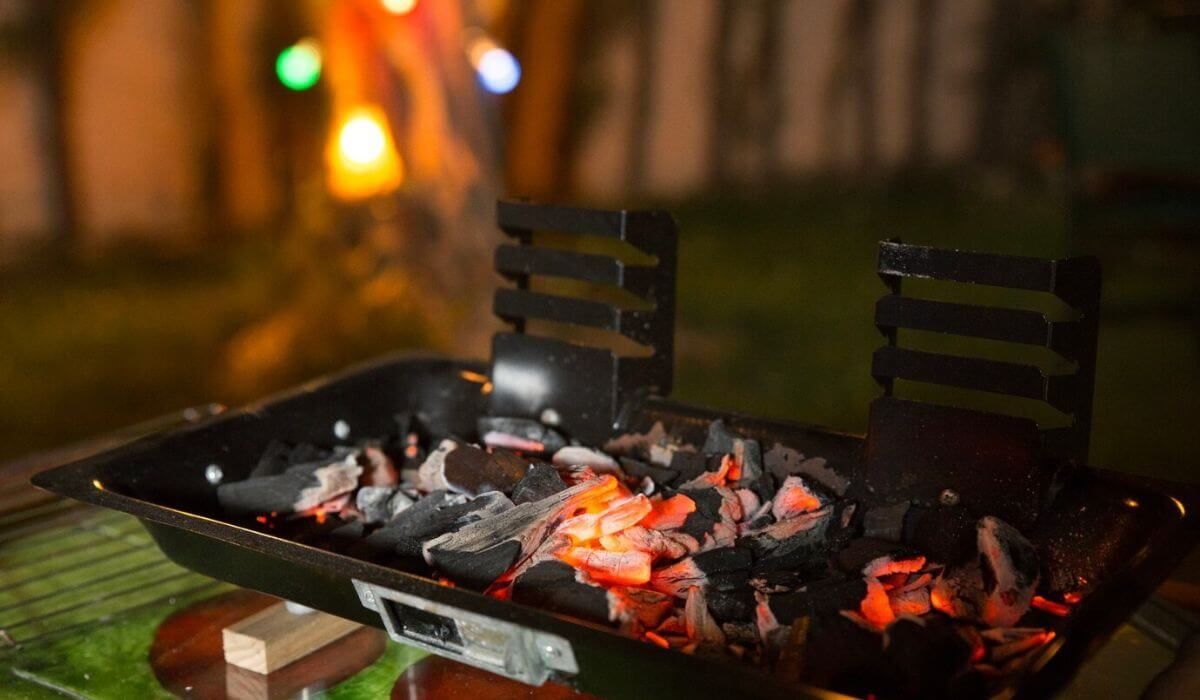
How Long to Cook a 20kg Pig on a Spit?
General Cooking Time Guidelines
A useful rule of thumb for spit-roasting a pig is to allow approximately 1 hour of cooking time per 4.5 kilograms (10 pounds) of weight. For a 20kg pig, this translates to roughly 4-5 hours. However, this is just an estimate, and it's vital to use other methods to verify doneness.
Cooking Temperature and Heat Management
The ideal spit roasting temperature generally falls between 120-150°C (250-300°F). Consistent heat is essential for even cooking. For charcoal or wood fires, this means regularly adding fuel and adjusting airflow. Gas rotisseries allow for more precise temperature control. Even browning of the skin and consistent rendering of fat are good indicators of even cooking.
Checking for Doneness
Determining when the pig is perfectly cooked is crucial for both safety and optimal flavor.
- Internal Temperature: The most reliable method is using a meat thermometer. The internal temperature should reach 71°C (160°F) in the thickest part of the pig, typically the shoulder or ham.
- Visual Cues: Visual cues can offer additional guidance. The skin should be crispy and golden brown, and the meat should be pulled away from the bone.
- Using a Meat Thermometer Correctly: Insert the thermometer into the thickest part of the meat, avoiding the bone. Ensure the thermometer is clean and calibrated for accurate readings.
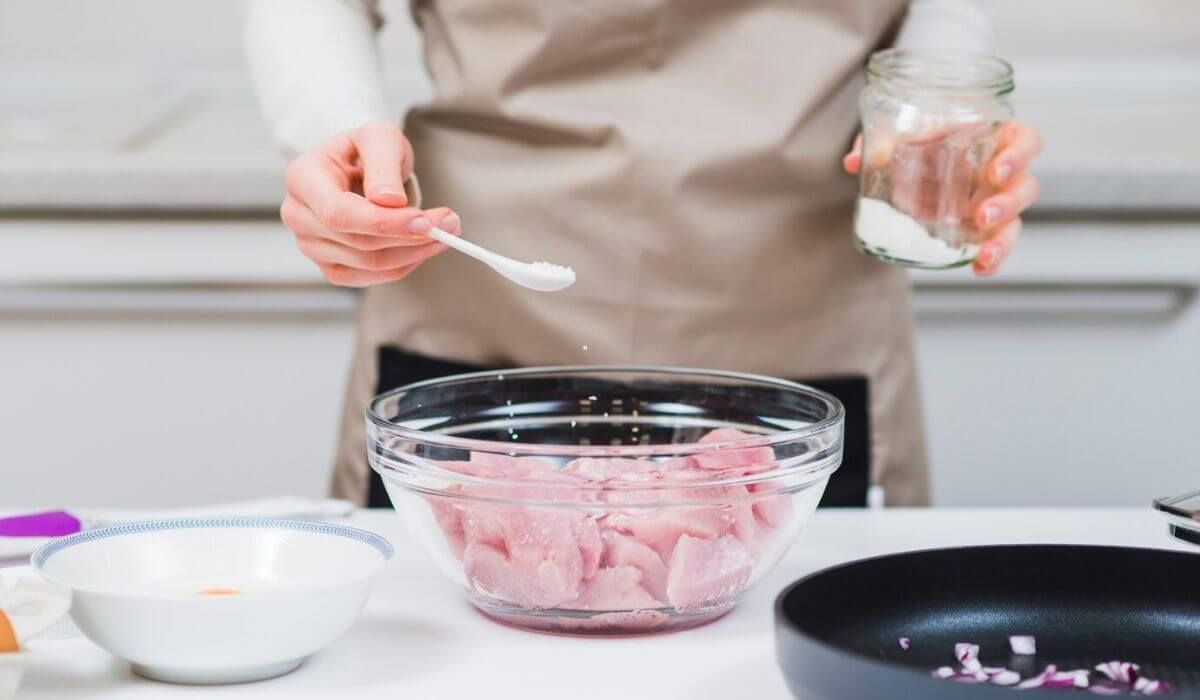
Choosing the Right Pig for a Spit Roast
What Size Pig Is Best for a Spit?
A 20kg pig is a great choice for feeding approximately 30-40 people. However, consider your guests' appetites and whether you'll be serving other substantial dishes. If you're expecting a large crowd or particularly hungry guests, you might consider a larger pig.
- Factors to Consider: When selecting a pig, prioritize health and a good balance of lean meat and fat. The skin should be smooth and free from blemishes. Purchase from a reputable butcher or supplier.
Preparing the Pig for Roasting
- Cleaning and Seasoning: Thoroughly clean the pig, removing any excess hair or debris. Season the pig inside and out with salt, pepper, and your preferred spices and herbs. Marinades or brines can enhance flavor and moisture.
- Trussing and Securing: Truss the pig tightly to maintain its shape during roasting. Secure the pig to the spit using appropriate ties and skewers, ensuring it's balanced for even rotation.
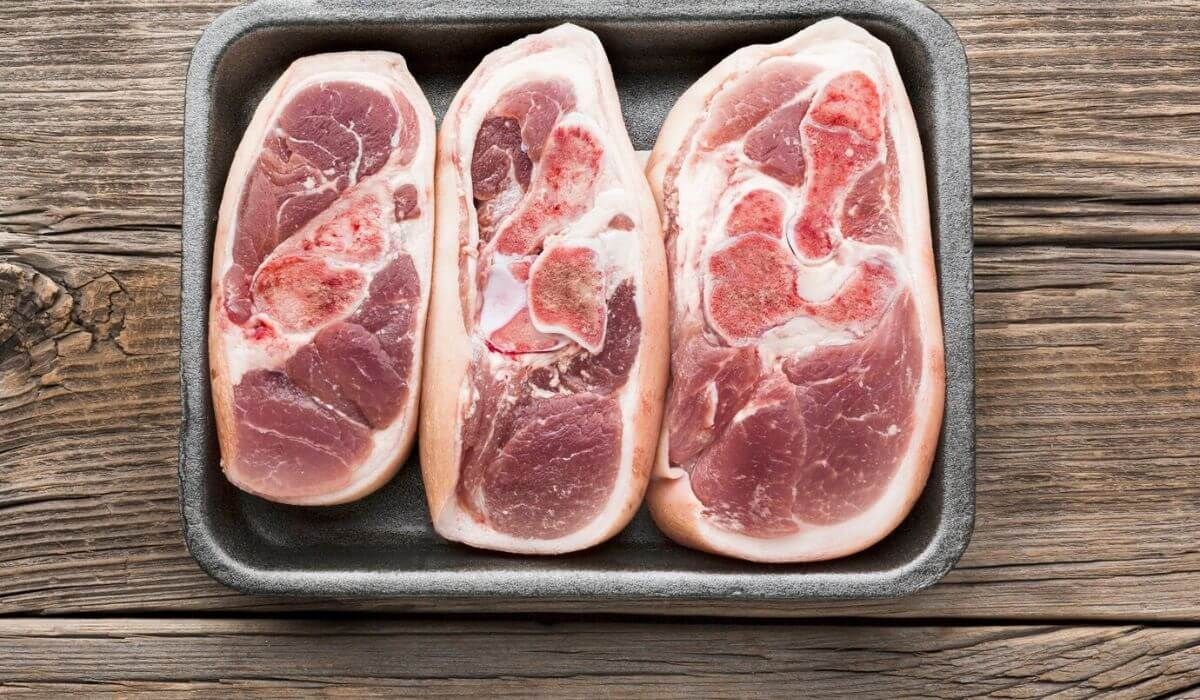
Tips for a Perfect Spit Roast
Best Wood or Fuel for Spit Roasting
- Charcoal vs. Gas vs. Wood Fire: Charcoal and wood fires impart a desirable smoky flavor, enhancing the taste of the pork. Gas rotisseries offer more precise temperature control but may lack the smoky element.
- Flavor Enhancement with Different Woods: Different woods add unique flavor notes. Applewood and hickory are popular choices for pork. Experiment with different woods to find your favorite.
Basting and Seasoning During Cooking
- Maintaining Moisture and Flavor: Basting the pig periodically with its juices or a flavorful marinade helps maintain moisture and adds layers of flavor.
- Recommended Marinades and Rubs: Explore various marinades and rubs to create unique flavor profiles. Consider ingredients like garlic, rosemary, thyme, paprika, chili powder, or citrus zest
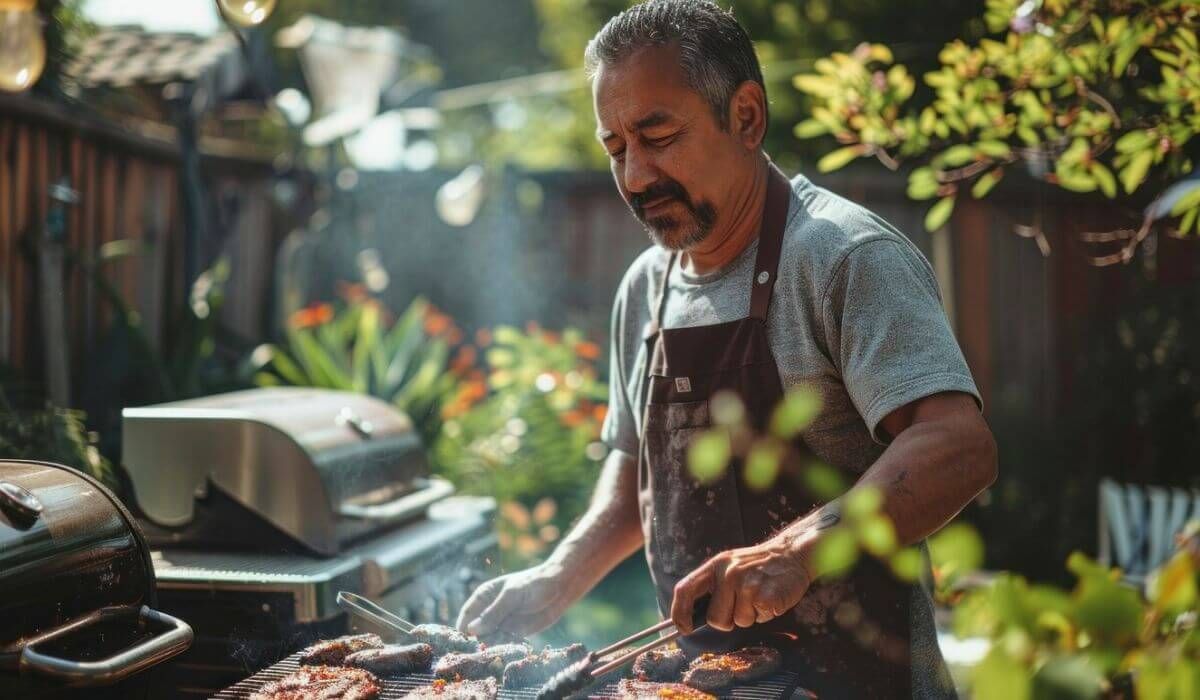
Spit-roasting a 20kg pig is a rewarding culinary adventure that can create a truly memorable event. By understanding the factors influencing cooking time, selecting a quality pig, and mastering the roasting process, you can achieve a perfectly cooked and delicious roast that will be the highlight of your celebration.
Remember, patience, careful observation, and attention to detail are key to a successful pig roast. Enjoy the process, savor the aromas, and relish the delicious results.
Let Catering Sydney elevate your catering experience - Get in touch with us now!
You might also like
